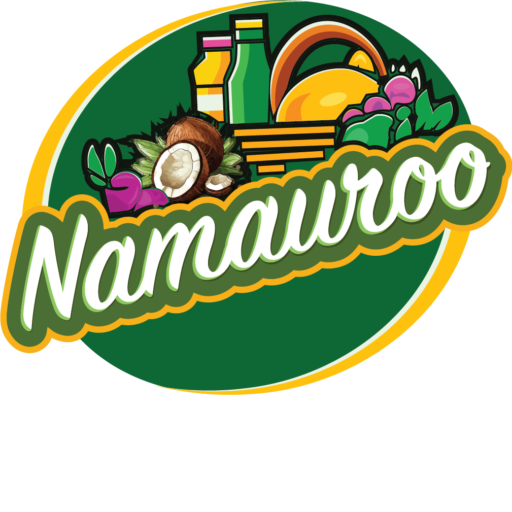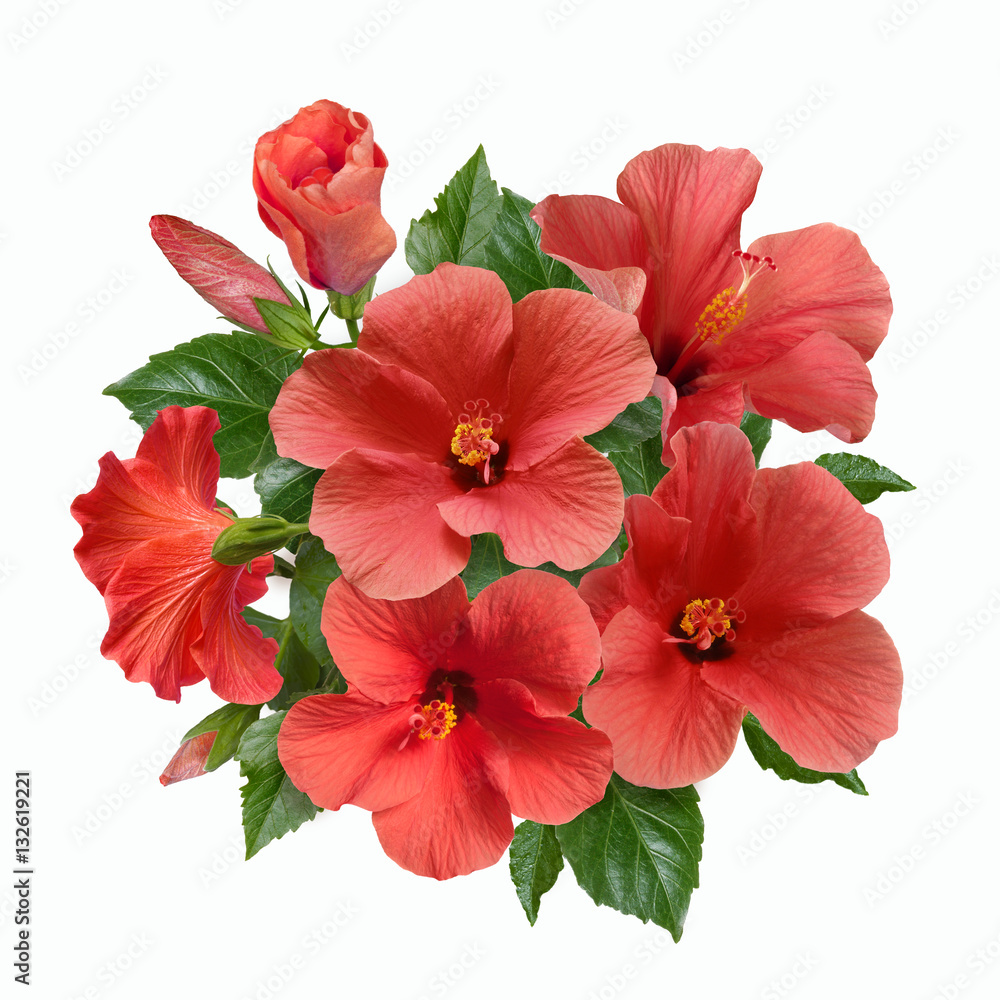The hibiscus flower, belonging to the genus Hibiscus, is a vibrant and versatile plant known for its large, showy blooms and wide-ranging cultural, culinary, and medicinal applications. Here’s an overview of the hibiscus flower:
Botanical Characteristics: Hibiscus plants are part of the Malvaceae family and comprise hundreds of species, both perennial and annual. The flowers are typically large, colorful, and trumpet-shaped, with five or more petals. The most commonly cultivated species for ornamental and practical purposes include Hibiscus rosa-sinensis and Hibiscus sabdariffa.
Varieties and Colors: Hibiscus flowers come in a spectrum of colors, including shades of red, pink, orange, yellow, and white. The variety Hibiscus rosa-sinensis, also known as the Chinese hibiscus or shoeblack plant, is particularly popular for its ornamental appeal. Hibiscus sabdariffa, commonly known as roselle or sorrel, is cultivated for its calyces, which are used to make herbal teas and other beverages.
Cultural Significance: The hibiscus holds cultural significance in various parts of the world. In Hawaii, the hibiscus is the state flower and is often used in leis. In many Asian countries, it symbolizes the fleeting nature of beauty and is associated with feminine beauty. The hibiscus is also used in various religious and traditional ceremonies.
Culinary Uses: Hibiscus sabdariffa, or roselle, is known for its calyces, which are used to make hibiscus tea. The tea, often referred to as “hibiscus tea” or “sorrel,” has a tart flavor and is consumed hot or cold. It is rich in antioxidants and is believed to have various health benefits. In addition to tea, hibiscus flowers are used in the culinary world to garnish salads, desserts, and beverages.
Medicinal Properties: Hibiscus tea is renowned for its potential health benefits. It is believed to have antioxidant properties and may help lower blood pressure and cholesterol levels. The tea is also known for its diuretic properties and is used in some traditional medicine practices to promote overall wellness.
Ornamental Uses: Hibiscus plants, especially Hibiscus rosa-sinensis, are popular as ornamental shrubs or small trees in gardens and landscapes. Their large, colorful blooms add a tropical and exotic flair to outdoor spaces. They are also commonly grown as potted plants.
Hair and Skincare: In certain cultures, hibiscus flowers and leaves are used in natural beauty remedies. Hibiscus is believed to promote hair growth, strengthen hair, and improve skin health. It is a common ingredient in herbal hair oils and skincare products.
Propagation and Growth: Hibiscus plants are relatively easy to grow and can thrive in a variety of climates. They prefer well-drained soil and sunlight. The plants can be propagated through seeds or cuttings, and with proper care, they can produce an abundance of flowers.
In summary, the hibiscus flower is not only a visually stunning and culturally significant bloom but also a versatile plant with applications in culinary traditions, natural medicine, and ornamental horticulture. Its diverse uses and rich symbolism contribute to the enduring popularity of the hibiscus in various parts of the world.
© 2023 . All Rights Reserved by Namauroo.



Reviews
There are no reviews yet.